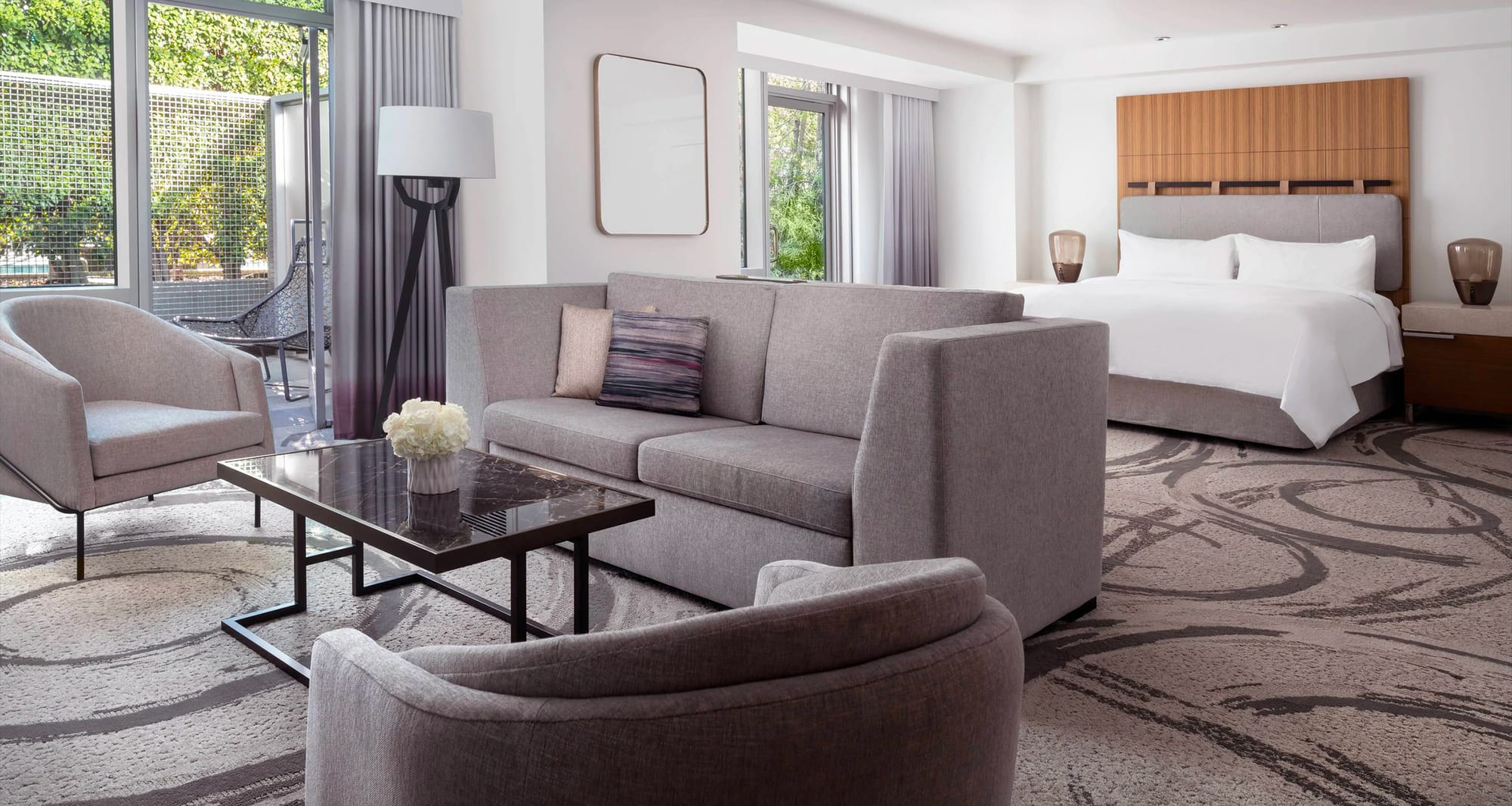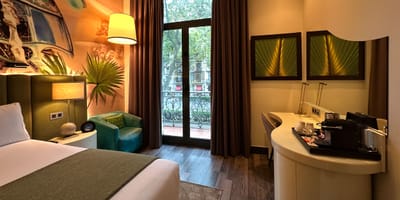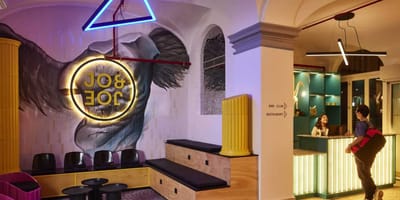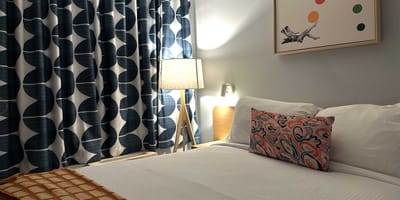This edition of the Reader Mailbag is focused on ADA requirements for the accessibility of hotel suites and other premium room types.
Every so often, I’ll dip into the mailbag to answer questions about accessible travel from readers just like you. If you have a question you’d like answered, send an e-mail to mailbag@wheelchairtravel.org.
The following was sent by Liane, a Wheelchair Travel reader. She wrote:
It is unclear from what I have read if the ADA requires hotels with suites to have an accessible suite.
I’m in a wheelchair and all the hotels I’ve been in only have accessible rooms in the smallest standard room [type] that is often so small that even though I can get in the accessible bathroom it’s extremely difficult to navigate in the rest of the room. I can afford and would be so happy to be able to book a suite but none of the hotels seem to have accessible suites. Again my question is, is this required? I’d love to see more attention paid to this issue.
I’ve been fortunate to stay in a few accessible suites over the years, including a studio suite at Caesars Palace Las Vegas, the Vice Presidential Suite at the Renaissance Providence Downtown, and the mother of all upgrades — the Chairman’s Suite at JW Marriott L.A. Live, during an awards show no less. Having stayed in 500+ hotels and holding top tier status in the Hilton, Hyatt, IHG, Marriott and Wyndham loyalty programs over the years, those are pretty much the only suite upgrades I’ve received outside of all-suite hotels like Home2 Suites by Hilton and SpringHill Suites by Marriott.
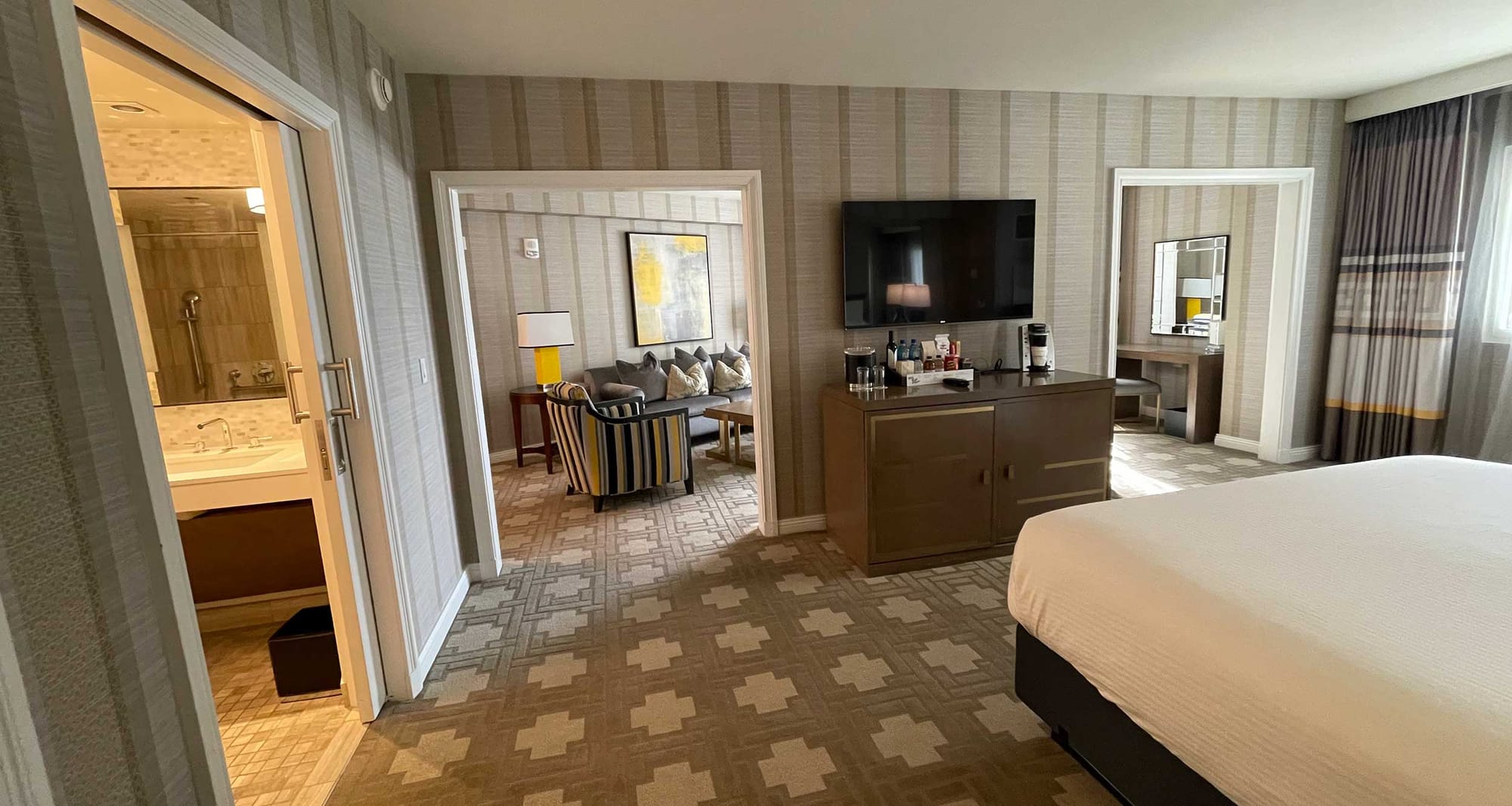
The reality is, as Liane has discovered, that ADA accessible suites are exceedingly rare outside of Las Vegas, Nevada.
More often than not, hotels that (a) have one or more suites and (b) do not have an accessible suite are in violation of the ADA.
When I consult with hotel franchisees, as I have done many times over the years, one of the first things I review is what is referred to as the dispersion of accessible guest rooms across the hotel’s complete inventory. This is an important starting point, because the ADA requires that accessible rooms be spread across the various classes of rooms offered at a hotel, so as to give guests with disabilities an equivalent range of choice.
In fact, when considering how ADA rooms should be dispersed across available room inventory, hotels are required to observe the following order of priority (224.5, 2010 ADA Standards):
- Guest room type (i.e. standard, club level, junior suite, presidential suite)
- Number of beds
- Amenities
This priority order is likely surprising to some as the ADA requires hotels to distribute accessibility features across room type before offering a variation in the number of beds.
As I describe in my Accessibility eCourse for Hotel Owners and Managers, “according to this order of priority, a hotel that offers accessible rooms with the choice of one or two beds must also offer accessibility across multiple room types.” The eCourse module warns hotel owners that “a property may not be able to demonstrate compliance with this requirement unless the most affordable and most luxurious room types are ADA accessible.”
The bottom line is this: Hotels with suites that are required to have two or more mobility accessible guest rooms (a requirement for any hotel with 26 or more rooms) should have an ADA accessible suite. The larger the hotel, the more difficult it will be to defend against a discrimination complaint if ADA accessible rooms are insufficiently dispersed across all of the available room types.
Disabled travelers want to have the same range of hotel room and suite choices as their nondisabled peers — they shouldn’t be forced into undesirable rooms with limited amenities and parking lot views. Like many accessibility requirements that are overlooked or ignored by businesses, there is no quick fix. Improvement over the long-term requires that we continue to educate the lodging industry on regulatory requirements and the needs of disabled guests, which is easier said than done.

